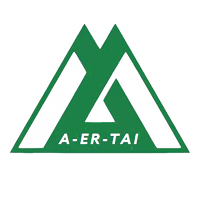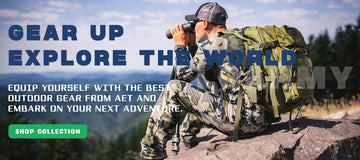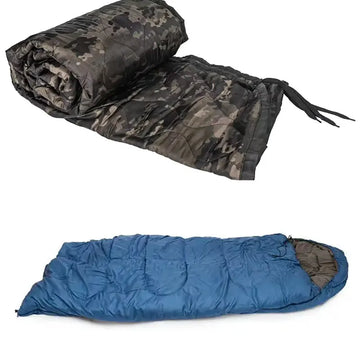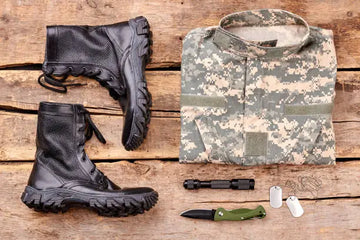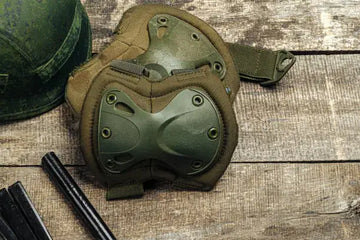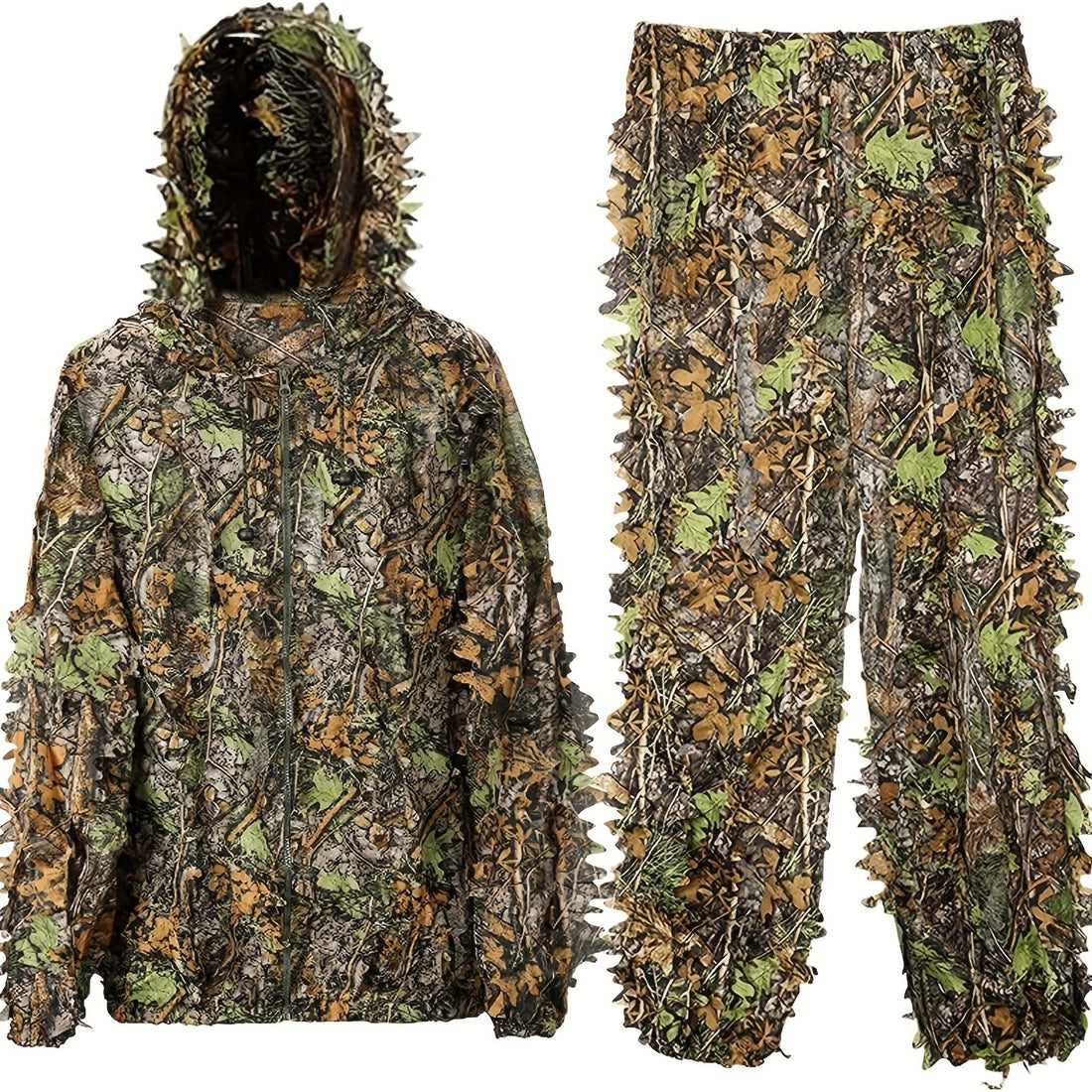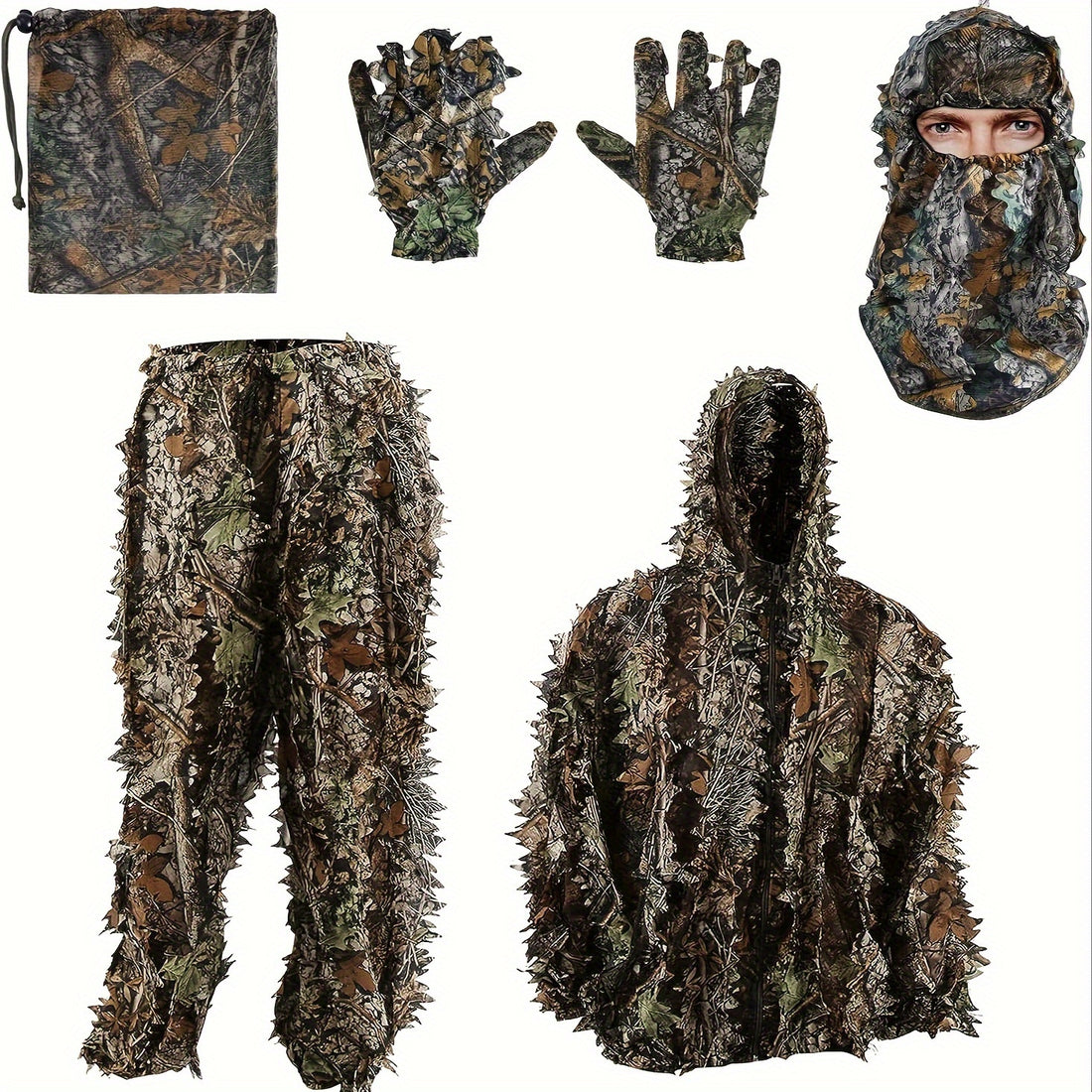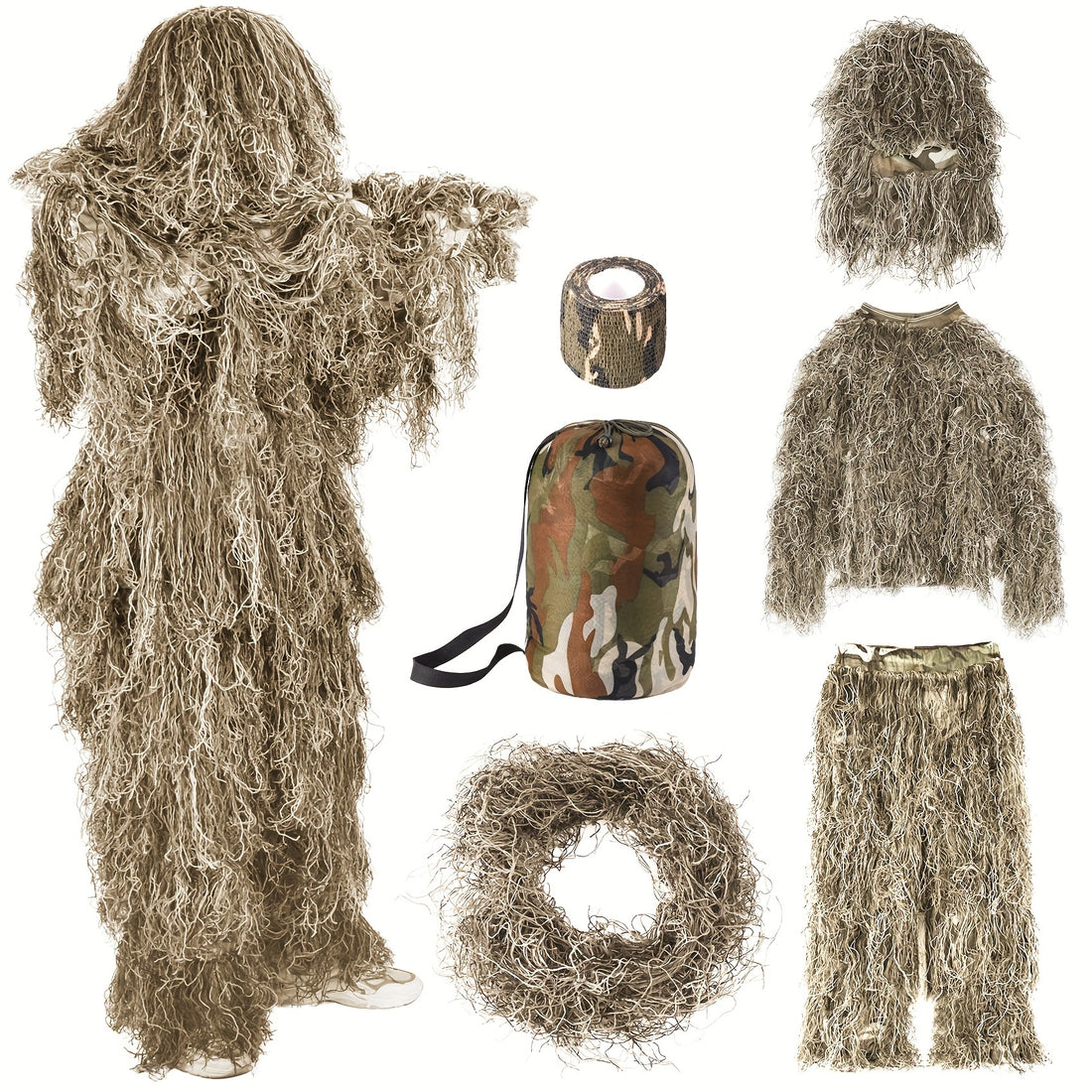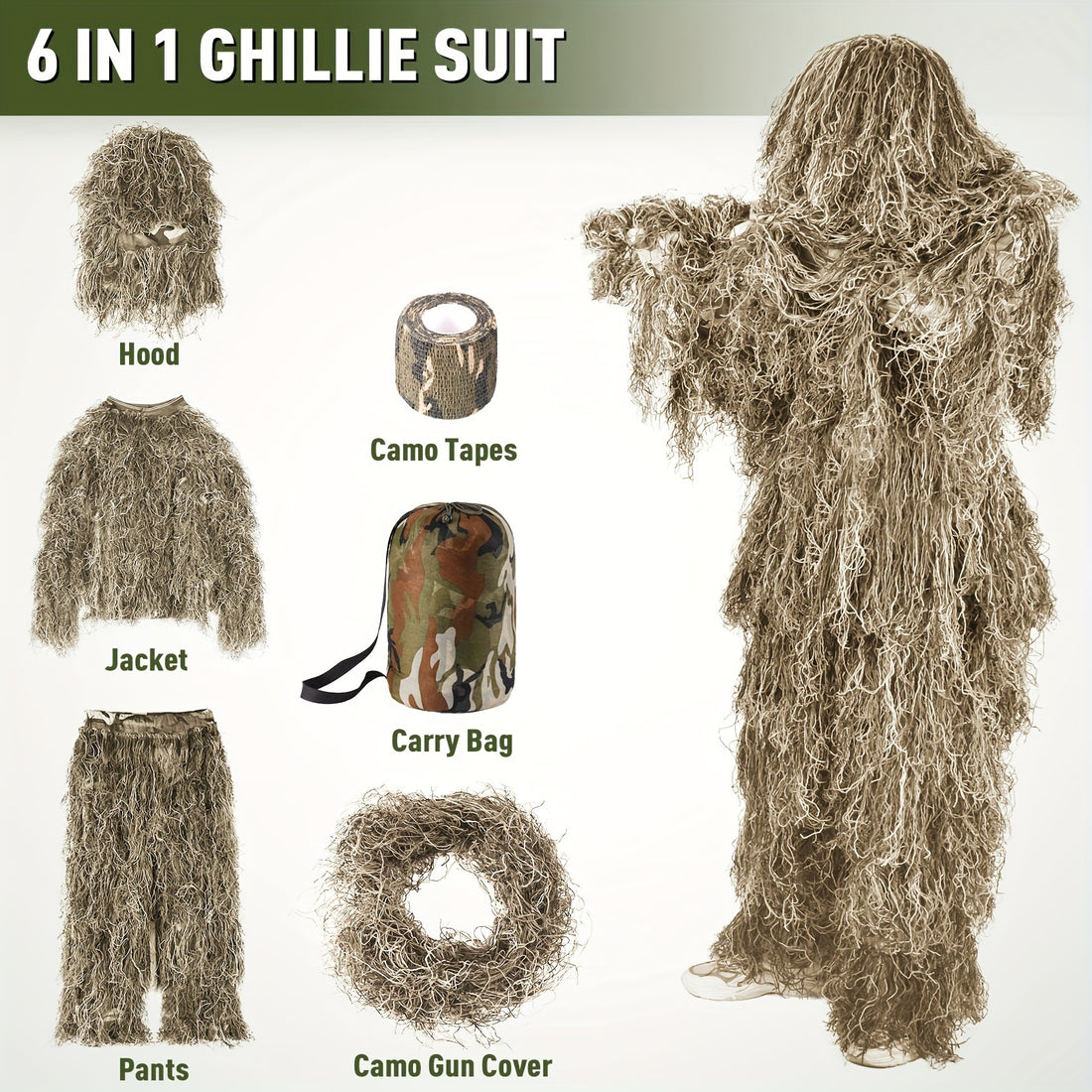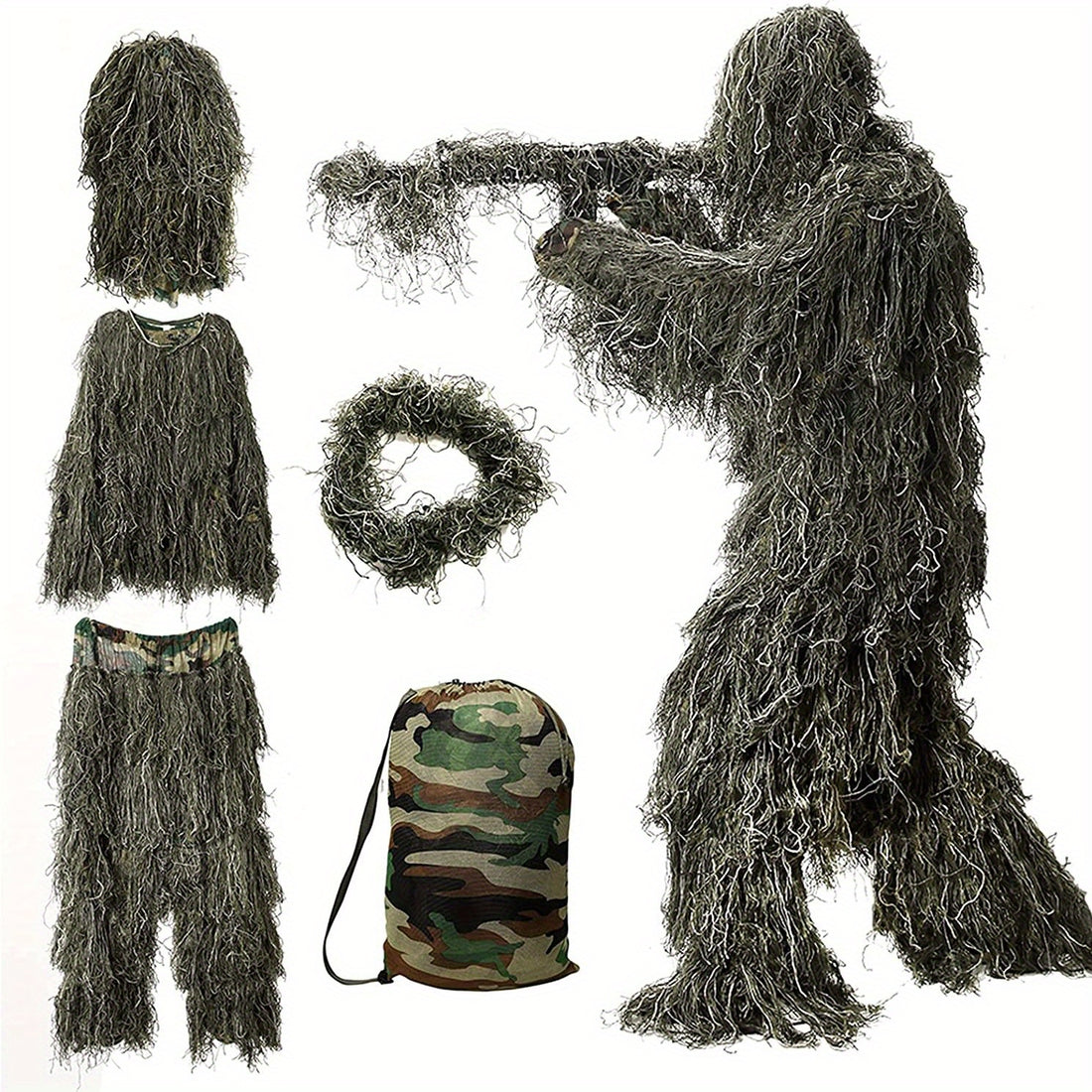Before the late 1980s, staying hydrated during physical activities posed challenges. Athletes relied on water bottles that required pausing to drink, while soldiers used canteens that were cumbersome to access.
CamelBak introduced a hands-free hydration system that addressed these issues, eventually influencing sports, military operations, and everyday life. This is the story of its development and impact.
Part 1: The Origin – A Cyclist’s Solution
In 1988, Michael Eidson, an emergency medical technician and cyclist, competed in the "Hotter’N Hell 100" bike race in Texas.
Frustrated with water bottles, he created a prototype using an IV bag, a tube, and a clothespin to sip water while riding. Other cyclists showed interest, prompting Eidson to refine the idea.
In 1989, he founded CamelBak and released the Thermal Control System (TCS), featuring a plastic bladder, insulated tube, and bite valve. Early users noted its unconventional look, but it proved functional.
Key Point: Eidson’s practical solution laid the groundwork for CamelBak’s growth.
Part 2: The Hydration Pack Design – Core Features
CamelBak’s system is built around a few essential components:
-
The Bladder: A lightweight plastic container (later made BPA-free), typically holding 1.5–3 liters.
-
The Tube: Insulated to maintain water temperature, with a shut-off valve for cleanliness.
- The Bite Valve: A mechanism allowing users to drink by biting and stop by releasing.
Over time, CamelBak introduced updates:
-
Crux Reservoir (2000s): Added a coating to reduce mold growth.
-
Antidote Reservoir (2010s): Featured a quick-seal cap for easier refills.
- M.U.L.E. Pack: Combined hydration with storage space.
Key Point: CamelBak refined its design to improve usability and hygiene.

Part 3: Adoption by Outdoor Enthusiasts
CamelBak gained popularity among outdoor communities in the 1990s for practical reasons:
- Mountain bikers could hydrate without stopping.
- Hikers carried more water than traditional bottles allowed.
- Insulated tubes kept water palatable in varying conditions.
During events like the 1996 Eco-Challenge—an endurance race—participants used CamelBak systems, likely benefiting from consistent hydration.
By the 2000s, outdoor brands like The North Face collaborated with CamelBak to integrate hydration into gear.
Key Point: CamelBak became a reliable tool for outdoor activities.
Part 4: Military Applications
In the early 1990s, the U.S. military sought better hydration options for troops, particularly in desert environments like Iraq. CamelBak’s Military Hydration System (MHS) offered advantages:
- Quiet operation with no sloshing.
- Easy access while moving or in combat positions.
- Potential to reduce dehydration-related health risks.
By the 2003 Iraq War, CamelBak systems were widely used by U.S. forces, influencing tactical gear designs. Exact usage statistics vary, but it became a common tool for soldiers.
Key Point: CamelBak addressed critical needs in military settings.
Part 5: Expanding to Everyday Use
By the 2010s, CamelBak’s products reached beyond niche markets:
- Runners adopted lightweight packs like the Circuit Vest.
- Parents used Kids’ CamelBaks for family outings.
- The Chute Mag bottle appealed to casual users, such as office workers.
Limited-edition designs and collaborations broadened its appeal, though specific partnerships (e.g., with Juicy Couture) are less documented.
Key Point: CamelBak adapted to diverse lifestyles.
Part 6: Facing Competition
As hydration packs grew popular, brands like Osprey and Platypus entered the market. CamelBak responded with:
-
Sustainability: Products like EcoTrek use recycled materials.
-
Innovation: The Podium Chill bottle improved temperature retention.
- Customization: Options for personalized designs were introduced.
Low-cost alternatives challenged CamelBak, but its focus on quality and patents helped maintain its position.
Key Point: CamelBak stayed competitive through adaptation.
Part 7: Broader Influence
CamelBak’s impact extended beyond function:
- It appeared in films like 127 Hours (2010), reflecting its recognition.
- Terms like “bladder” and “bite valve” became associated with hydration packs.
- Its design has been praised, though claims of display at the Museum of Modern Art lack clear evidence.
Key Point: CamelBak contributed to hydration’s visibility in culture.
Part 8: Looking Ahead
CamelBak continues to evolve, exploring:
- Smart features, like hydration-tracking technology.
- Eco-friendly materials for bladders.
- Partnerships to improve water access in underserved regions.
Key Point: The company aims to address modern needs and sustainability.
Conclusion: A Practical Innovation
From a cyclist’s improvisation to a widely used tool, CamelBak improved how people stay hydrated during activities ranging from sports to combat.
Its development reflects a focus on solving real-world problems, making it a notable contributor to hydration technology.
If you need custom hydration packs in bulk, please don't hesitate to contact us.
